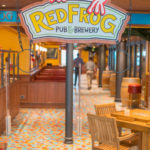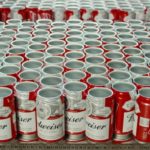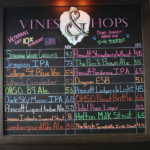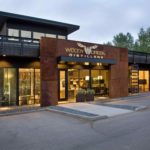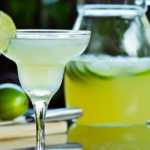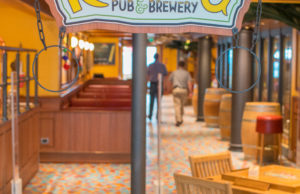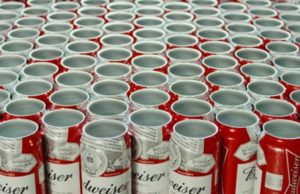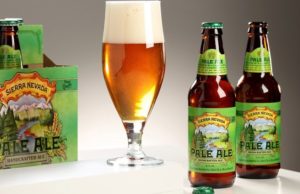Washington’s Long Tradition for Winemaking is All About Location
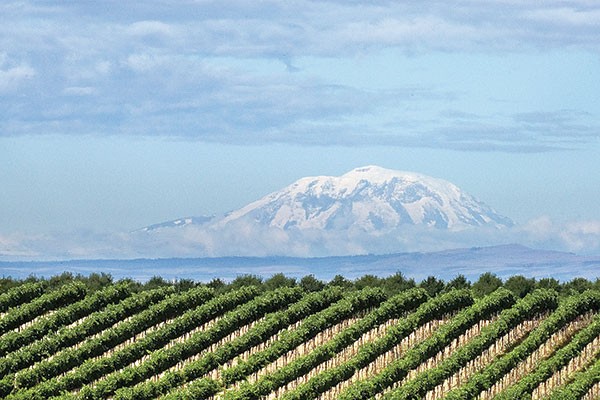
At first view, the explanation as to why Washington has such a strong tradition of winemaking is simple: all the environmental needs for growing the perfect grape are met. “Eastern Washington is special for winemaking because of a layer of Loess that was left in our soil from the Missoula Floods 15,000 years ago,” says Patty Lynch, manager at Amavi Cellars in Goldendale, WA. “The unique trait that it left is a definite Earth and Mineral essence in our soil.”
Because of this special soil structure, Cabernet, Merlot and Syrah grow exceptionally well in the state, Lynch explains. “All three are varietals that like the heat that Washington State is known for, as well as the lack of water we often see,” she adds.
Location, Location, Location
Many of Eastern Washington’s ideal growing conditions have to do with the weather that affects the region – but perhaps not in the way you imagine it. “One reason is that the Columbia Valley lies in the rain shadow of the Cascade Mountains, so it gets very little rain,” says Jennifer Armstrong, co-owner of Armstrong Family Wineries in Woodinville, WA.
Because grapes don’t need much water, Armstrong explains this allows vineyard managers to control irrigation — often with a drip system — to ensure the get what they need and no more. And with little rain, vines are exposed to long, sunny days throughout the growing season, according to Armstrong.
Another unique attribute of Eastern Washington? Its soil. According to Armstrong, this wind-blown, silty soil is mixed in with layers of rock and is nutrient-deficient. “This makes the vines struggle and causes the roots to grow deep which yield stronger, more robust vines,” Armstrong explains.
And Some Perfect Weather Too
Finally, Eastern Washington is an ideal location for winemaking because, while there are so many warm, sunny days during the growing season, there are also lots of cool nights. “This dramatic daily shift in temperature allows the acid levels in the grapes to remain – which is essential for a well-balanced wine,” Armstrong explains.
Because there are there are variations in temperatures, soils, altitude, orientation and wind throughout the eastern part of the state, Armstrong points out that the key for wineries is to work with a number of excellent vineyards in different areas of the state specifically to take advantage of characteristics they are looking for, such as the rich, ripe fruit from Red Mountain, or the food-friendly acid levels found in the fruit in the Yakima Valley.

